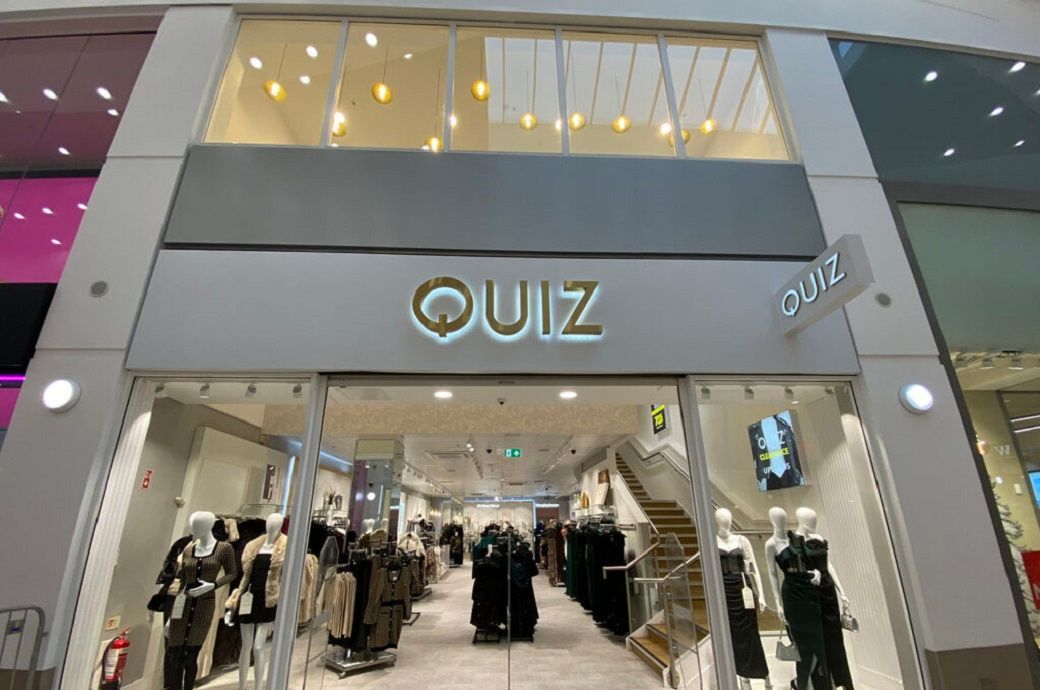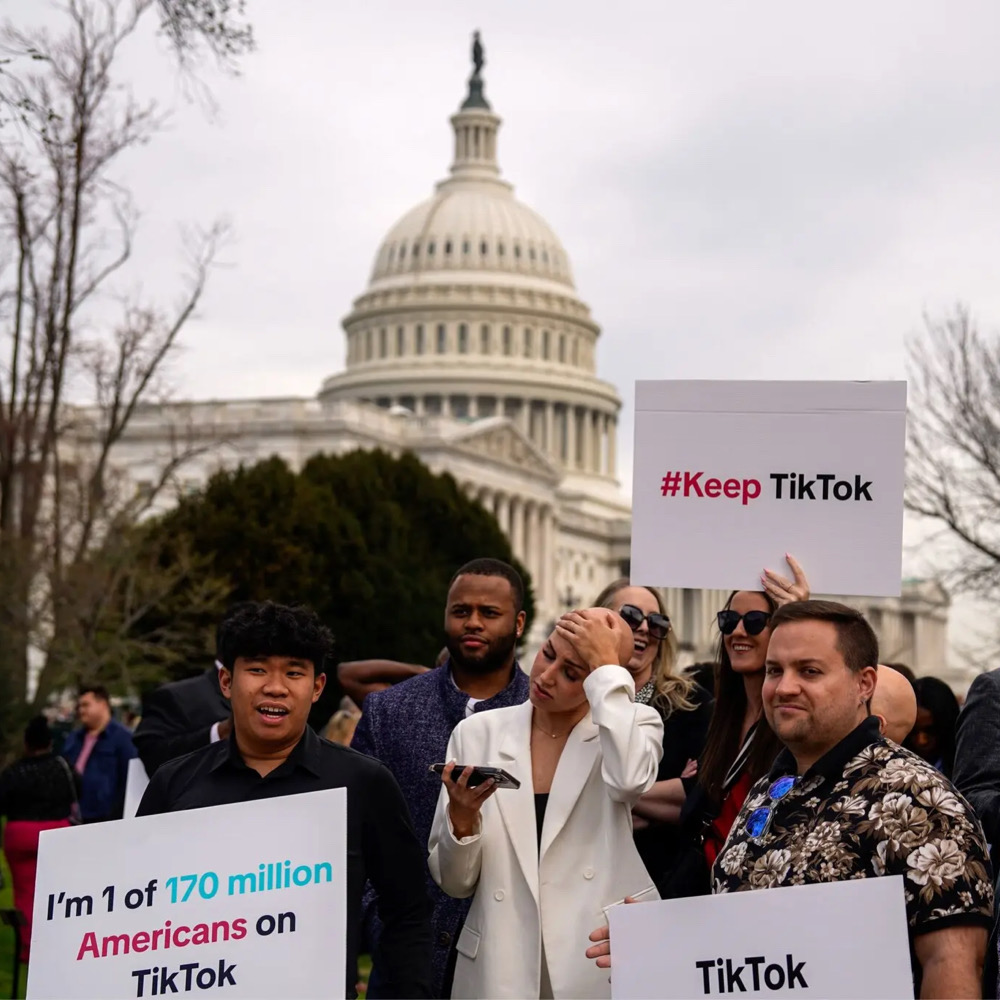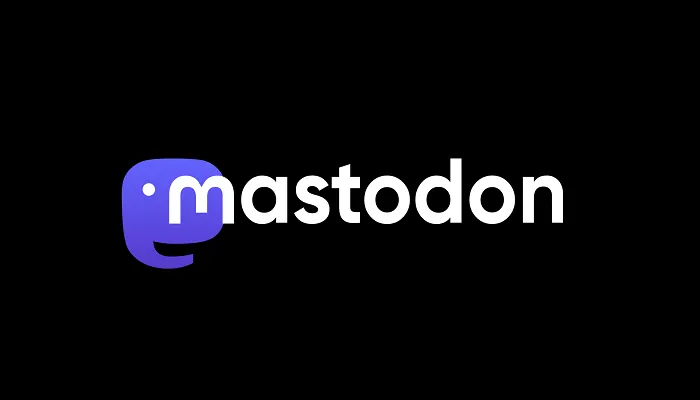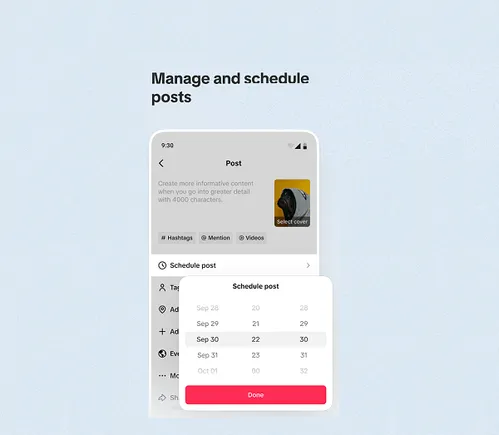
Digital media channels continue to deliver more viewing options to TV watchers through on-demand streaming and live broadcasts. At the same time, the explosion of ad-supported connected TV (CTV) and over-the-top (OTT) services gives advertisers more options in delivering ads to consumers.
That’s the big story in digital media, and not a wild prediction that momentum will grow in 2023. But how will marketers ride this wave? What factors will motivate viewers to watch ads on streaming?
The new year will bring answers to these big questions and others. Below are our predictions for digital media and other adtech trends.
Premium streamers provide the inventory, price hikes increase the audience for ads
Price hikes on streaming services will continue to motivate consumers to accept ads in the new year. The ad-free tier on Disney+ got bumped up to $11 when they introduced the ad-supported tier at the end of 2022. The ad-free Netflix option is less than half the price of its $20 “Premium” plan. Netflix is also expected to crack down on password-sharing soon, so more customers overall will have to pay to play. Ads will allow them to pay less.
Prime Video’s takeover of Thursday Night Football, and free-ad-supported (FAST) app Tubi’s recent World Cup presentation lay the groundwork for more live sports and events being watched by cord-cutters. (The World Cup Final was streamed by 3 million viewers in the U.S. alone, across all available platforms.)
For advertisers, the combination of sports and ad-supported Disney-owned and Netflix series means more premium inventory attracting big audiences in the year to come.
Real-time ads and cross-channel amplification
Viewing behavior will continue to change. Advertisers and their adtech partners will have to adapt in the new year.
In 2022, CTV overtook mobile for global ad impressions. Users stream different kinds of content on mobile devices than when they’re streaming longform programming. They could be streaming on a smart TV while consuming even more content on their phone, especially when watching live events.
“We can expect to see a proliferation of technologies that enable brands to more efficiently connect with their audiences who are tuned in to live spaces,” said Oz Etzioni, CEO and founder of creative optimization company Clinch. “On the backend (activation), this means new and innovative ways to feed ‘live event’ data into the creative. Think real-time information tied to sporting events, gaming, shopping and more, and across different channels — CTV, social, even certain DOOH (digital out-of-home) environments.”
Advertisers will experiment with new ad formats, as well as how they support CTV campaigns on other platforms.
“We can expect household entertainment names to continue launching streaming platforms as they aim to increase their subscriber base, stay relevant, and offer lower price points,” said Laura Connell, consumer trends manager for audience research company GWI. “With video-social platforms like Twitch, YouTube and TikTok in the mix, different formats will also need to work together to complement one another.”
First-party data refining CTV campaigns, a greater demand for measurement
As budgets transition from traditional linear TV to CTV campaigns, first-party data will become more crucial to justify the spend and measure results.
“Data will be king,” said Lynette Kaylor, SVP of advertising sales for FuboTV. “As budgets tighten, advertisers will need to become more efficient with their buys and have smart data strategies. Efficiencies come from reducing waste and increasing targeted media buys. For example, investing in the audiences that are most inclined to buy your product or service instead of mass reach.”
She added, “There will be a greater need for transparent attribution and measurement to show the value of audience-based buys.”
“There are far more eyes on measurement particularly as the bigger advertisers like P&G have put the pressure on for greater transparency and accountability to performance,” said Michele Madaris, media director of full-service agency Boathouse. “Every partner right now is selling their ‘unique measurement’ application and touting their connections and partnerships with industry leaders to get to a more consistent and reliable methodology. It feels like an industry-wide effort to enhance measurement, so I think 2023 will show improvements that will help advertisers tie to outcomes.”
More traction for out-of-home on social and out in the world
The out-of-home (OOH) space has seen a rapid change, both in the digital transformation of digital out-of-home (DOOH) and the expansion of programmatic DOOH. As more out-of-home ads get plugged into omnichannel campaigns, momentum will continue in 2023.
“As digital burnout saturates society and consumers continue to experience the world IRL, brands will increasingly explore OOH opportunities as a means to reach and engage consumers,” said Anna Bager, President and CEO of Out of Home Advertising Association of America. “Recent OAAA-Harris Poll research found that consumers on TikTok, Instagram, etc. are regularly seeing OOH advertising creative in photos across their feeds. In addition, OOH is viewed as an advertising opportunity for brands that enhances consumer experience while they are traveling along their hyper-connected journeys.”
She added, “Marketers have a massive opportunity at hand to not only tell their brand stories, but surround people with it, delighting and surprising them which in turn, encourages consumers to follow brands across channels. Creating those special moments by connecting in the IRL environment is one of the key values that OOH brings to advertisers and it will continue to drive growth at a substantial rate.”
Universal standards for adtech carbon emissions
Brands and their adtech partners are looking for ways to reduce the energy and carbon emissions associated with the digital ad supply chain. In 2023, adtech will step up to meet this demand from advertisers.
“Over the next year, I think we’ll see the development of universal standards for best practices that can reduce the carbon footprint by making ad inventory with low emissions,” said Matt Kendall, CTO for adblock revenue recovery company Blockthrough. “Which group will lead the charge? Could be IAB Tech Lab or others.”
“Changes in adtech tend to initiate from the economic power of the buy-side and then get pushed through the ecosystem,” said Curt Larson, Chief Product Officer at omnichannel ad exchange Sharethrough. “This is what we’re seeing with the green movement — buyers increasingly instituting green initiatives and mandates. These mandates are effectively another aspect of buyers’ SPO (supply path optimization) strategies. In the past, buyers have looked at things like take rates and discounts, directness, quality, performance, or fraud when they evaluate supply paths. They will now add to the list the carbon load of any given supply path.”
More brands will address Gen Z as co-creators
Brands won’t stop advertising to Gen Z consumers in 2023. But the smarter brands will approach this group in a more collaborative way.
“Gen Z is impacting not only culture but every industry at speed and scale through their digital behavior — but brands should no longer look at them just as consumers,” said Kaeya Majmundar, founder and CEO of Swaypay, a platform that compensates shoppers for TikTok-ing their purchases. “They should look at Gen Z as co-creators. Gen Z doesn’t live on your ecommerce site — it’s not where their sense of community and individuality is being formed. You have to actively seek them out and include them not for selling, but for sharing and co-creating.”
As a result, there will be a “radical decentralization of brand control” as more of the brand narrative gets handed over to customers.
“In 2023, continuously adding value to developing the Gen Z audience will be key — and they must be rewarded for the value they create,” said Majmundar.
Get MarTech! Daily. Free. In your inbox.






































































